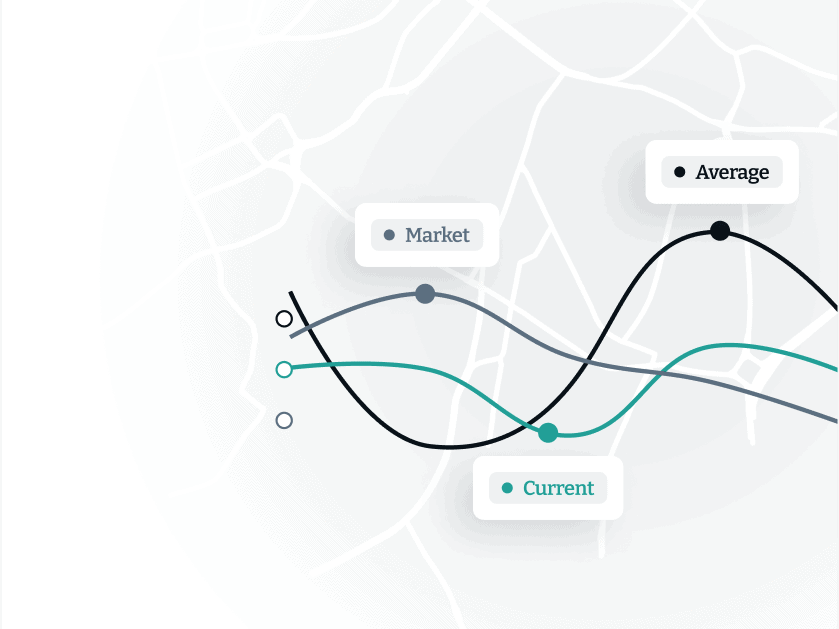How can I identify missed opportunities?
How do we target root causes of poor performance?
How can we address business challenges?
Understand your market
Use footfall, movement patterns, or visit durations to create a comprehensive dataset that covers the time period and locations of interest.
Identify metrics and benchmarks
Insights such as decreased foot traffic, longer dwell times in specific areas or fewer repeat visits can help you set benchmarks based on historical data or industry standards to provide context for your analysis.
Demonstrate trends over time
Utilise temporal analysis to identify trends such as sudden drops or consistent declines in foot traffic or engagement. Compare the current time frame with previous periods to spot anomalies or negative deviations.
Spatial analysis and correlations
Determine if certain locations or regions are more affected than others and overlay your location data with other relevant datasets, such as local events, weather patterns, or economic indicators, to identify potential correlations that could explain poor store performance.
Segment performance in context
Segment your data based on different factors like customer demographics, time of day, or specific areas within your locations to identify whether negative performance is consistent across all segments or if certain groups are more impacted.
Huq’s mobility data helps us to make better investment decisions and allows us to appropriately manage risk on behalf of our investor clients.
Jonathan Bayfield, Head of UK Real Estate Research at Aviva Investors
















